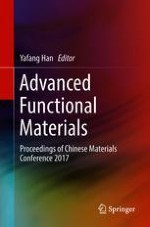2018 | OriginalPaper | Chapter
Effect of Argon Filling Ratio on Heat Transfer Coefficient of Double-Glazing
Authors : Junjie Li, Yingliang Tian, Shibing Sun, Jinwei Li, Lu Zhang, Keyu Chen
Published in: Advanced Functional Materials
Publisher: Springer Singapore
Activate our intelligent search to find suitable subject content or patents.
Select sections of text to find matching patents with Artificial Intelligence. powered by
Select sections of text to find additional relevant content using AI-assisted search. powered by
